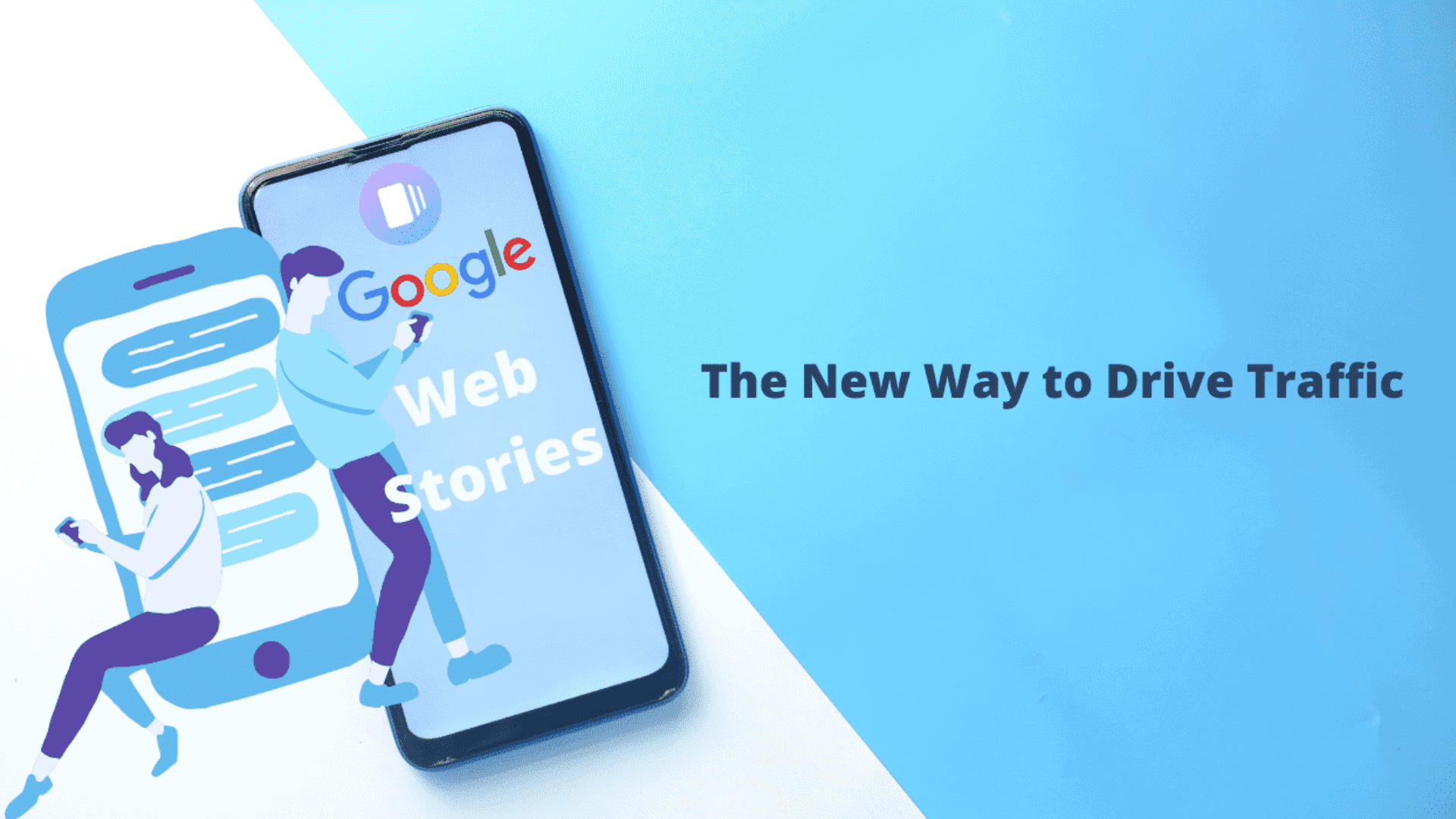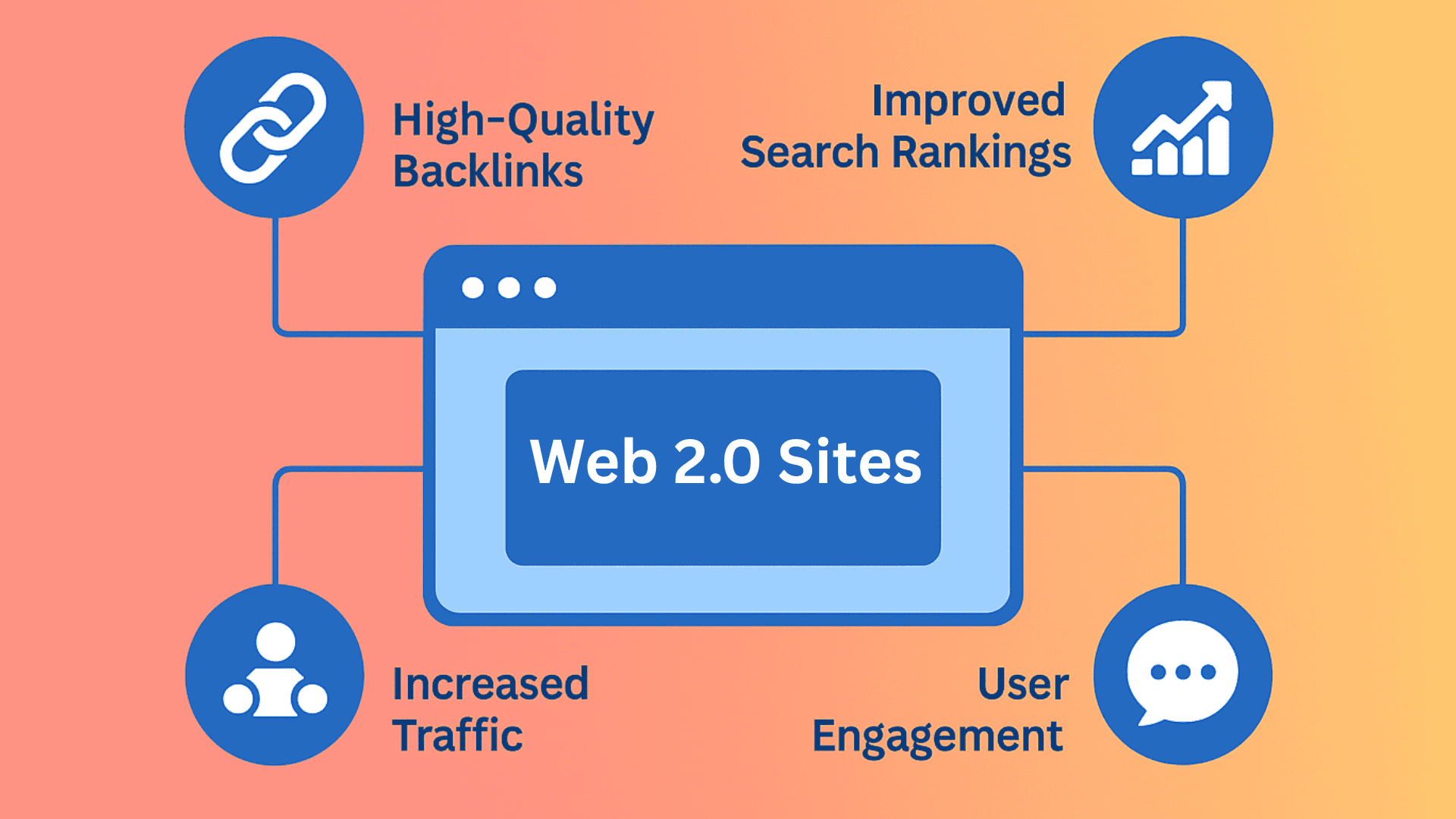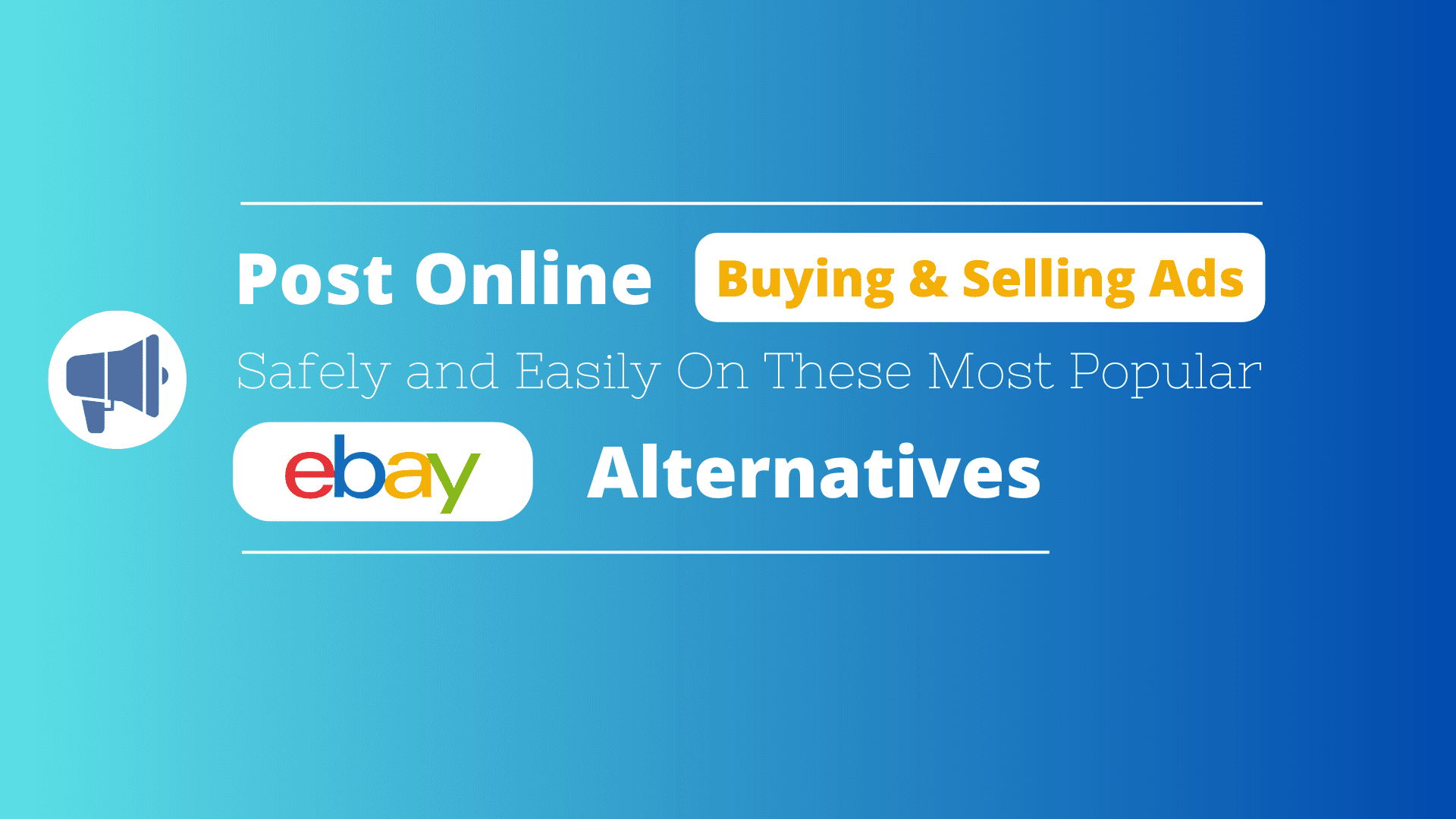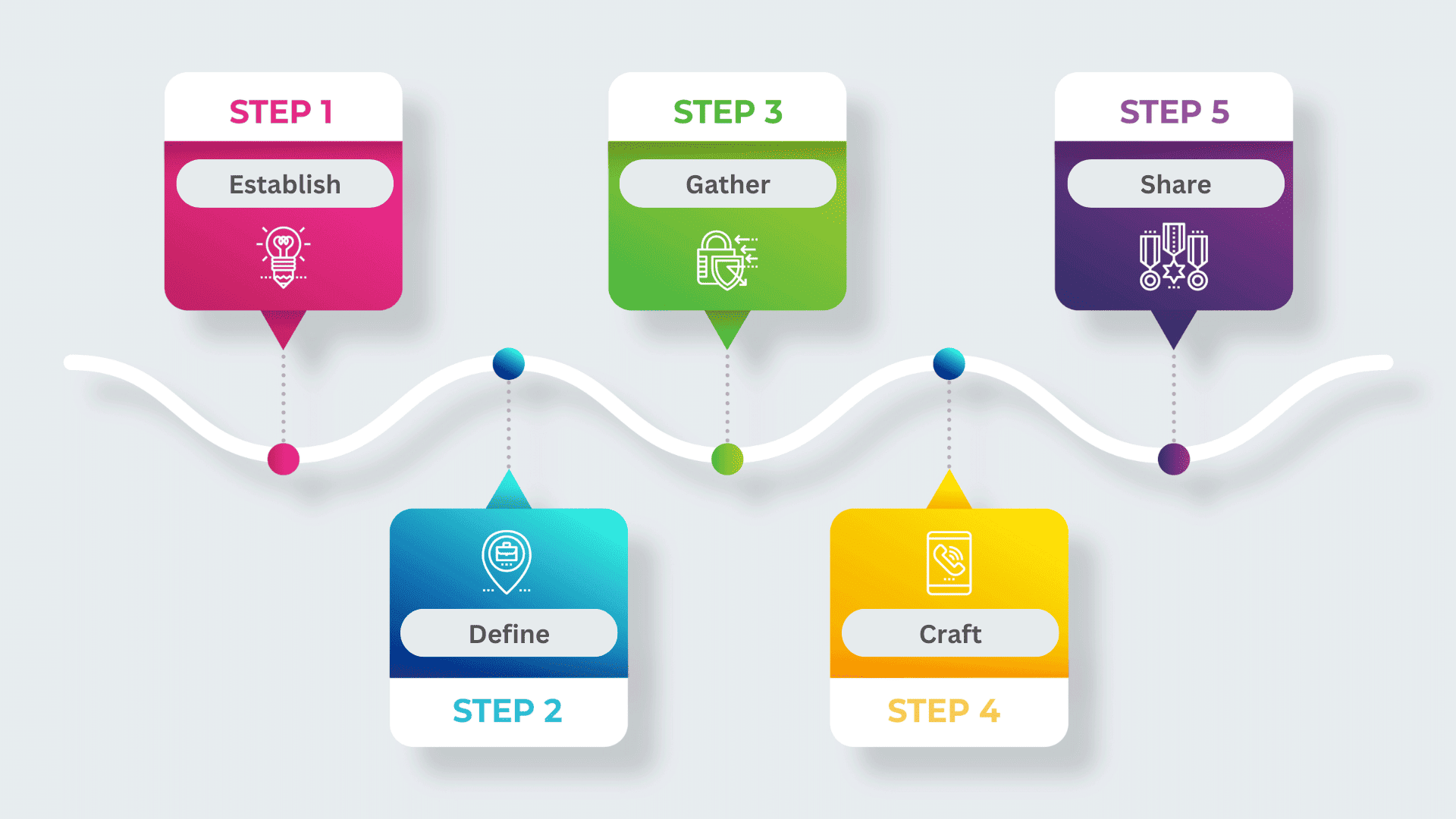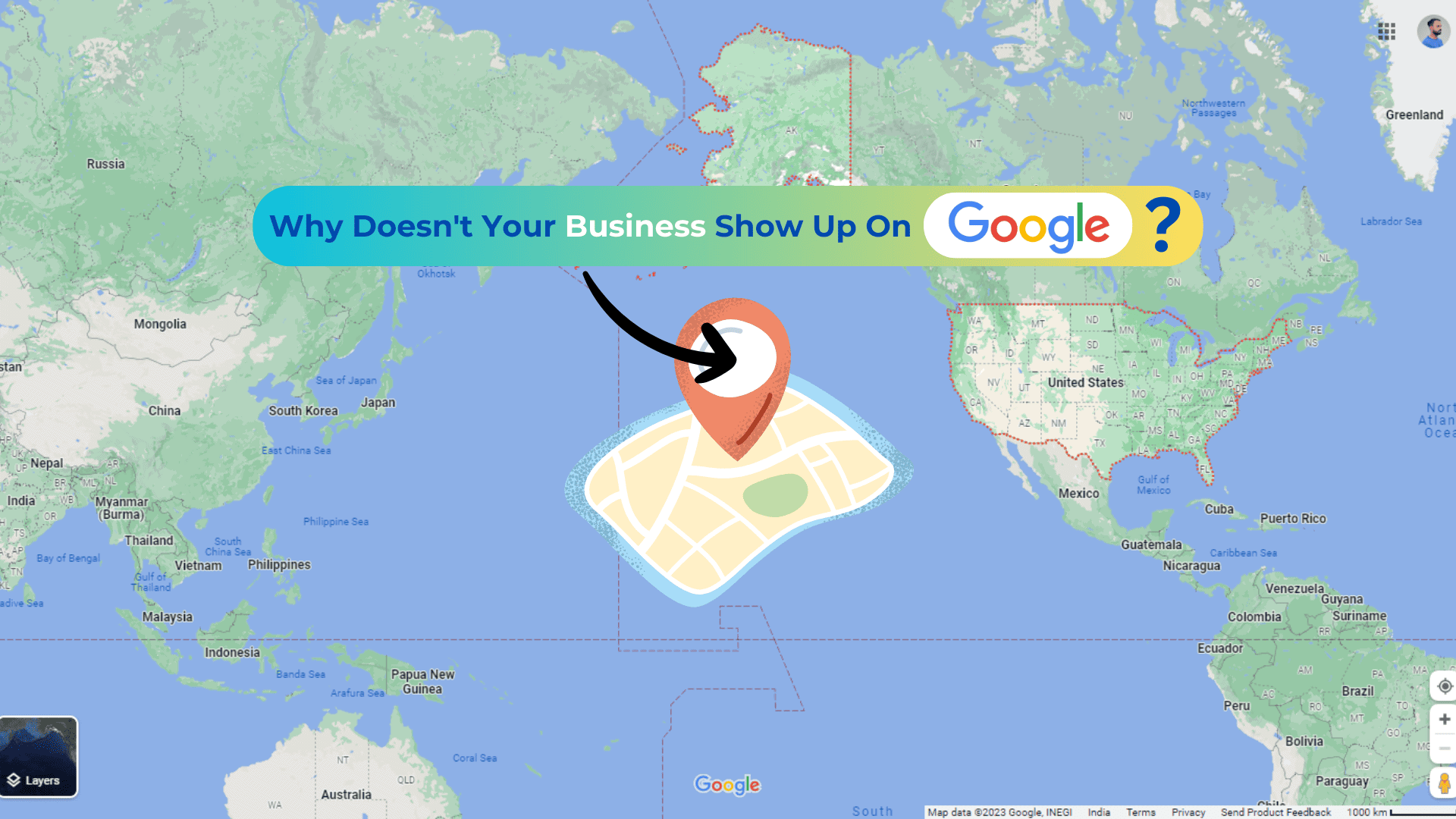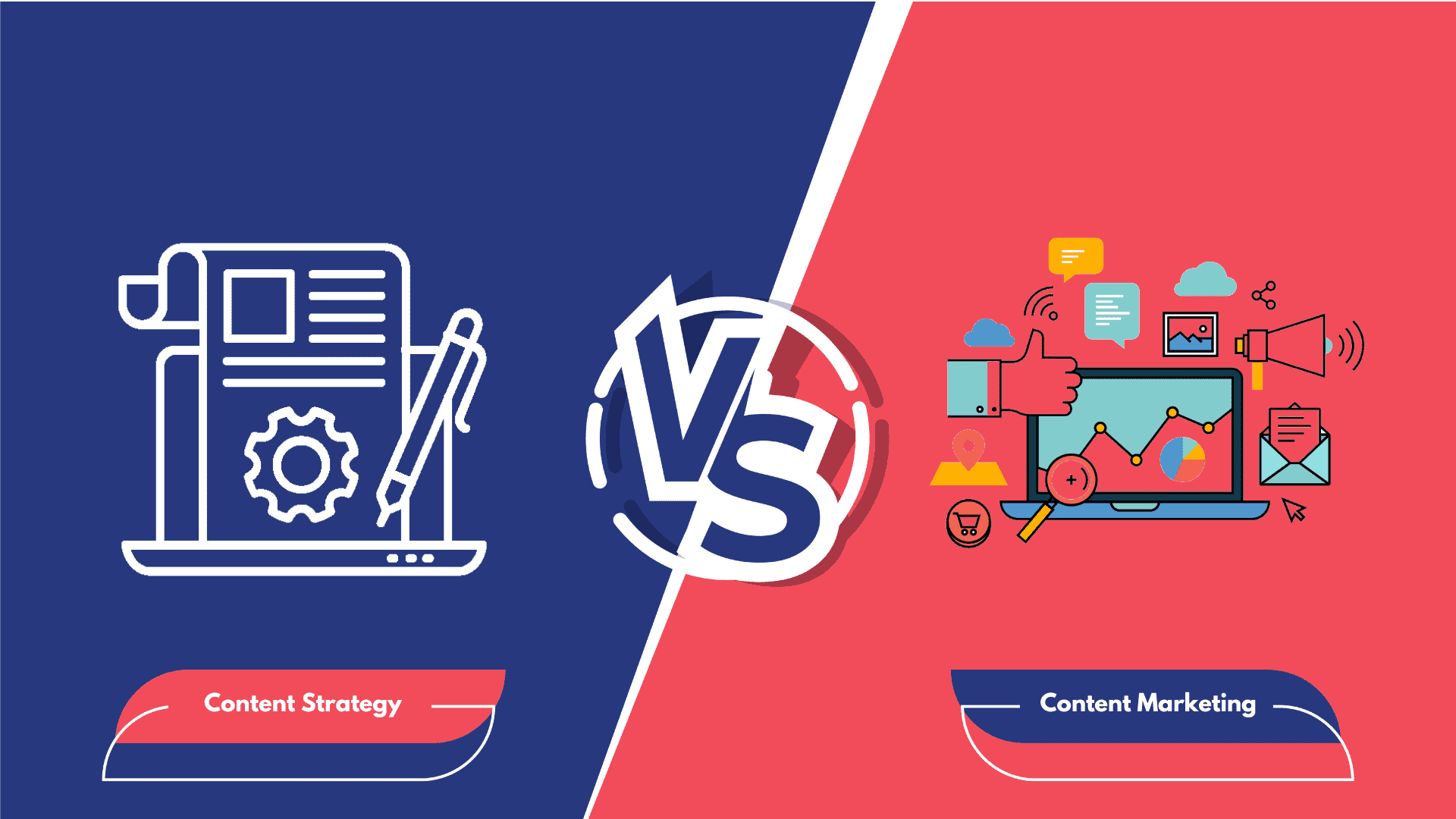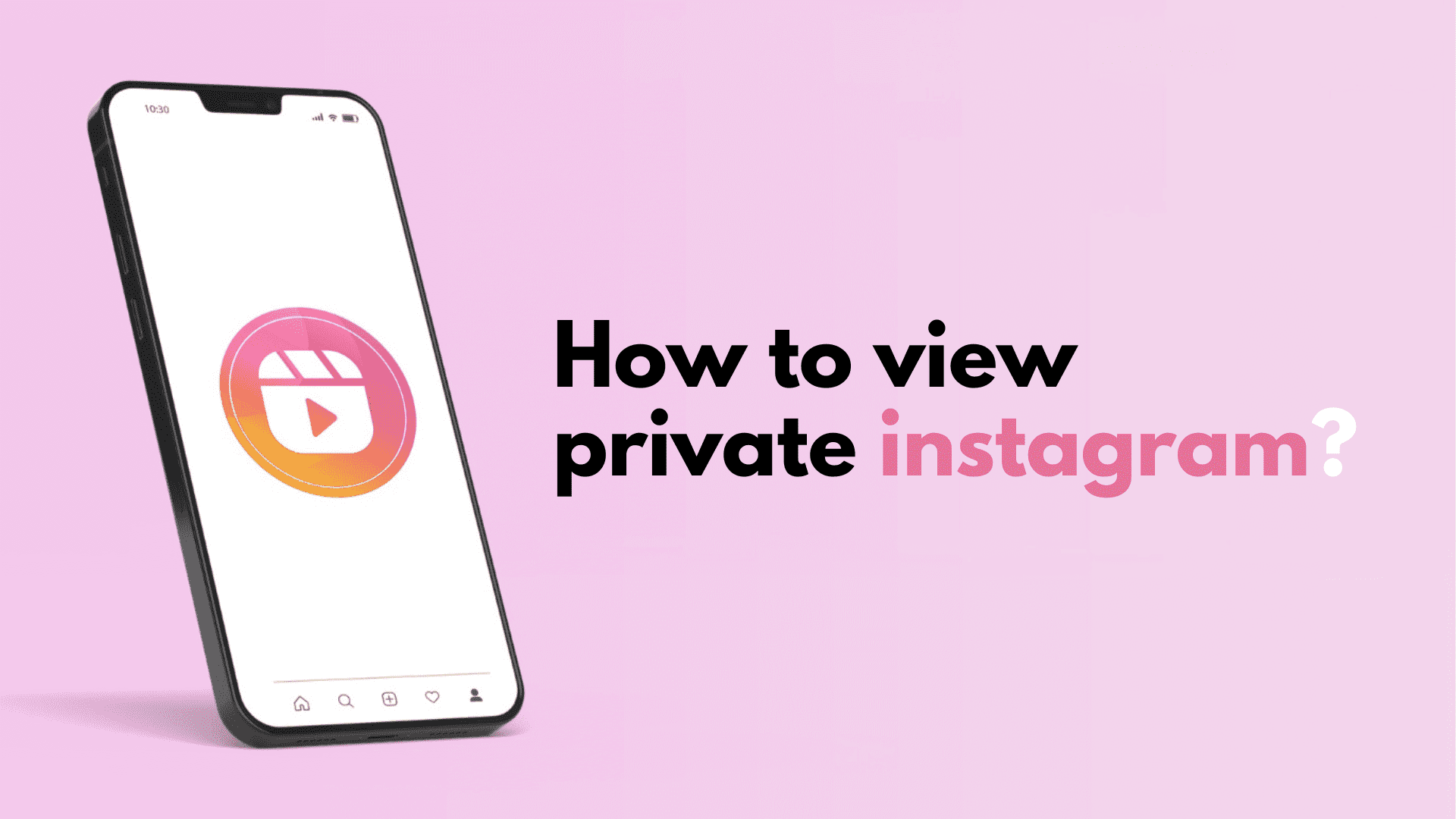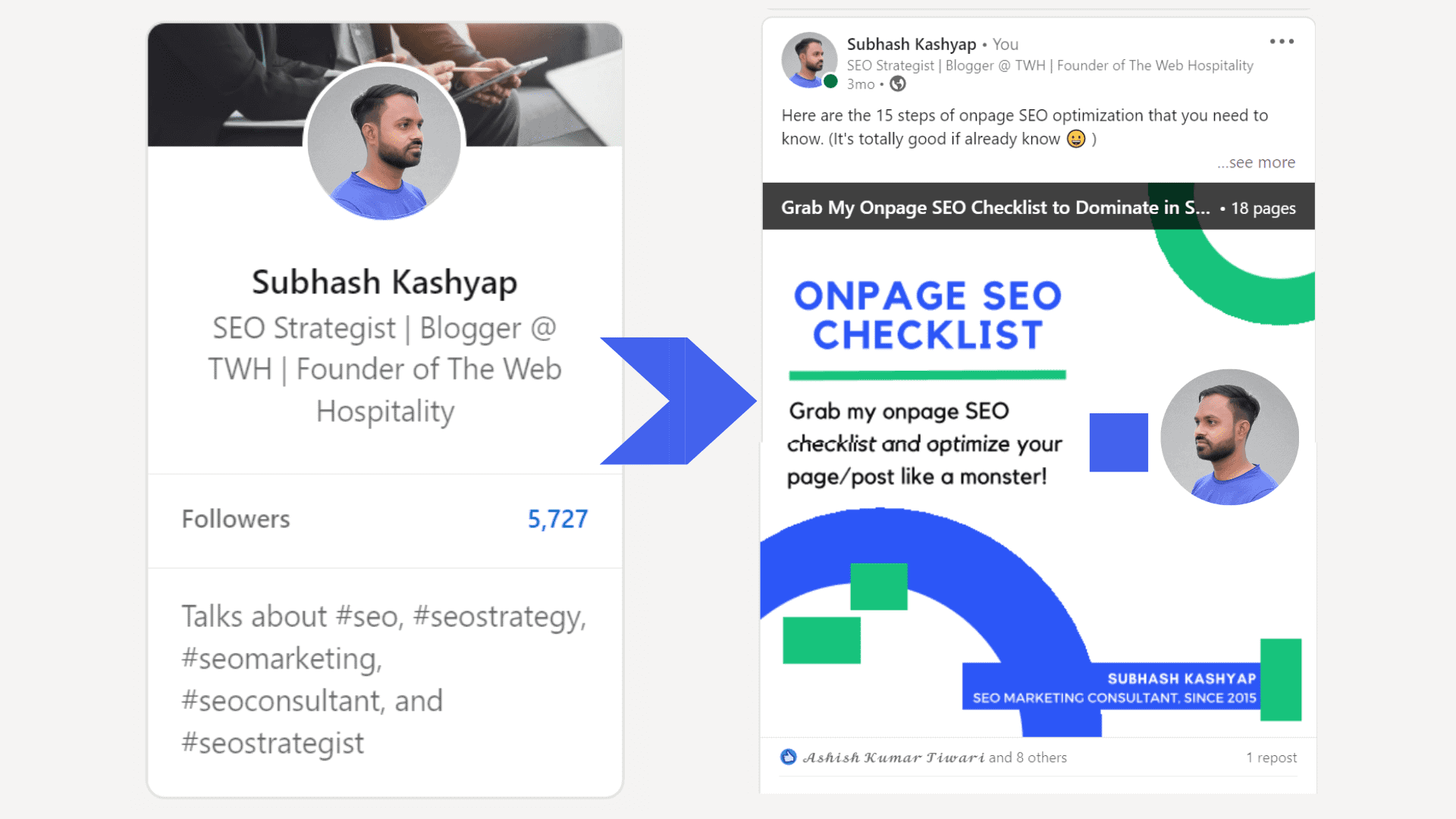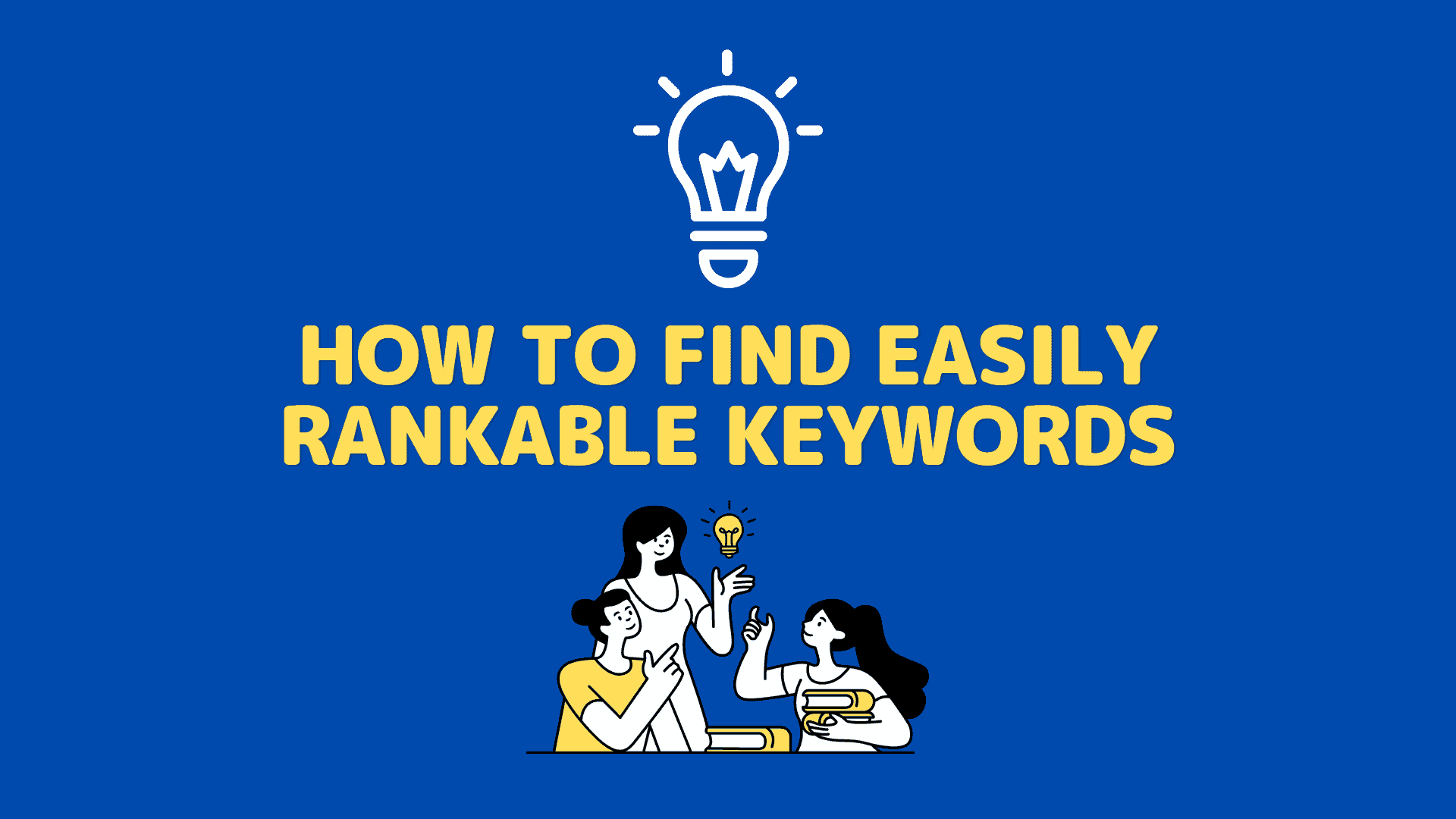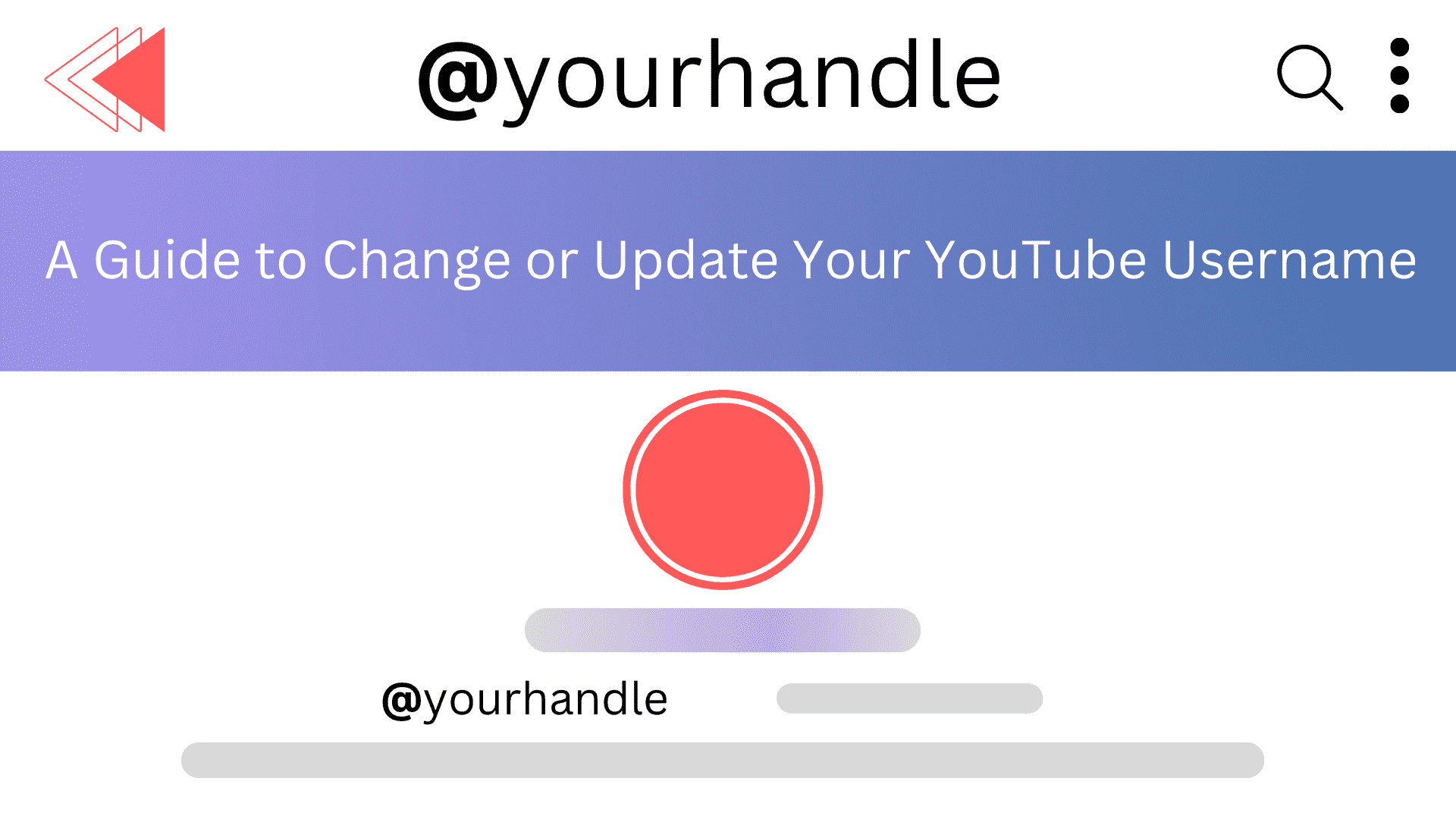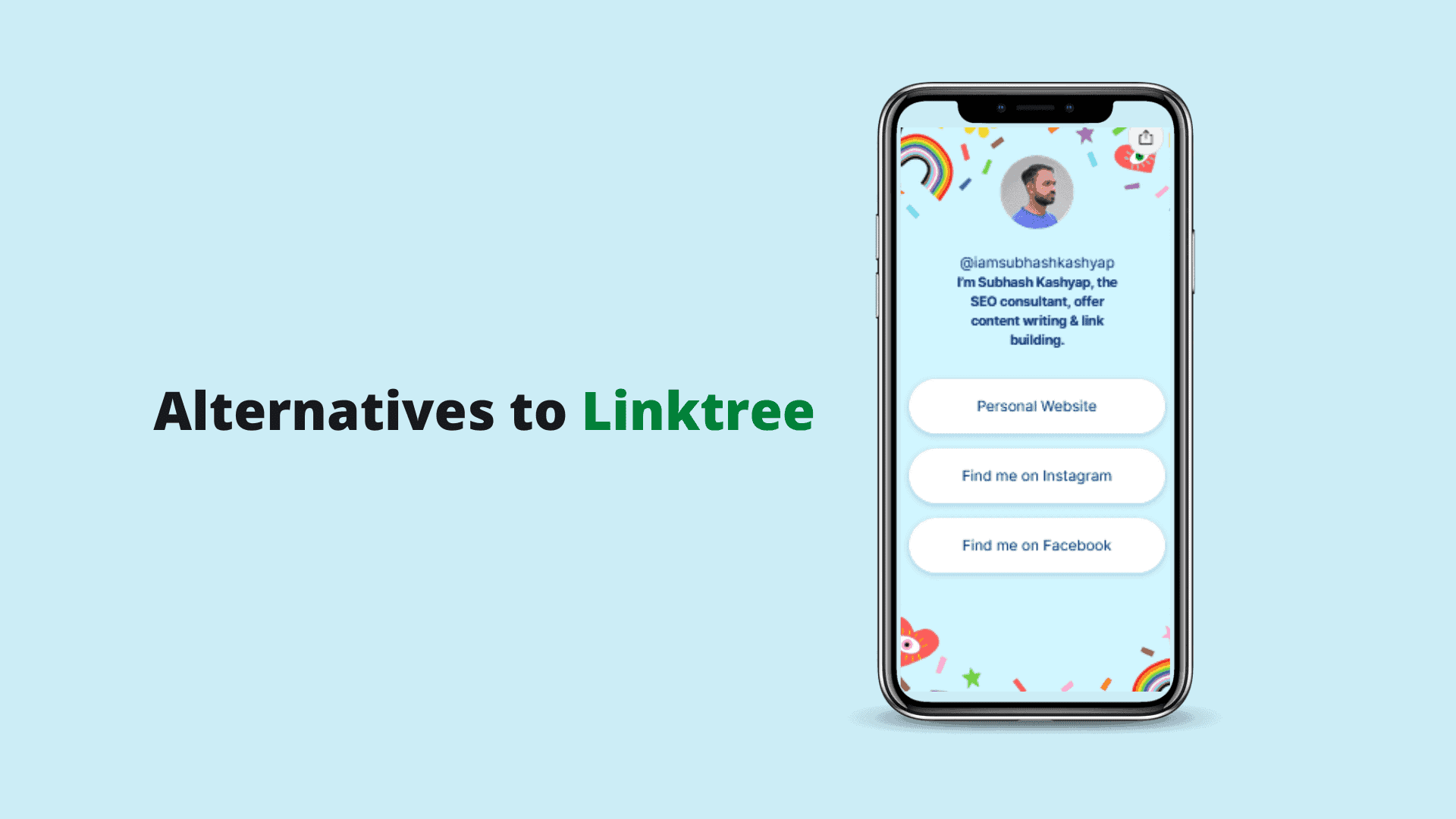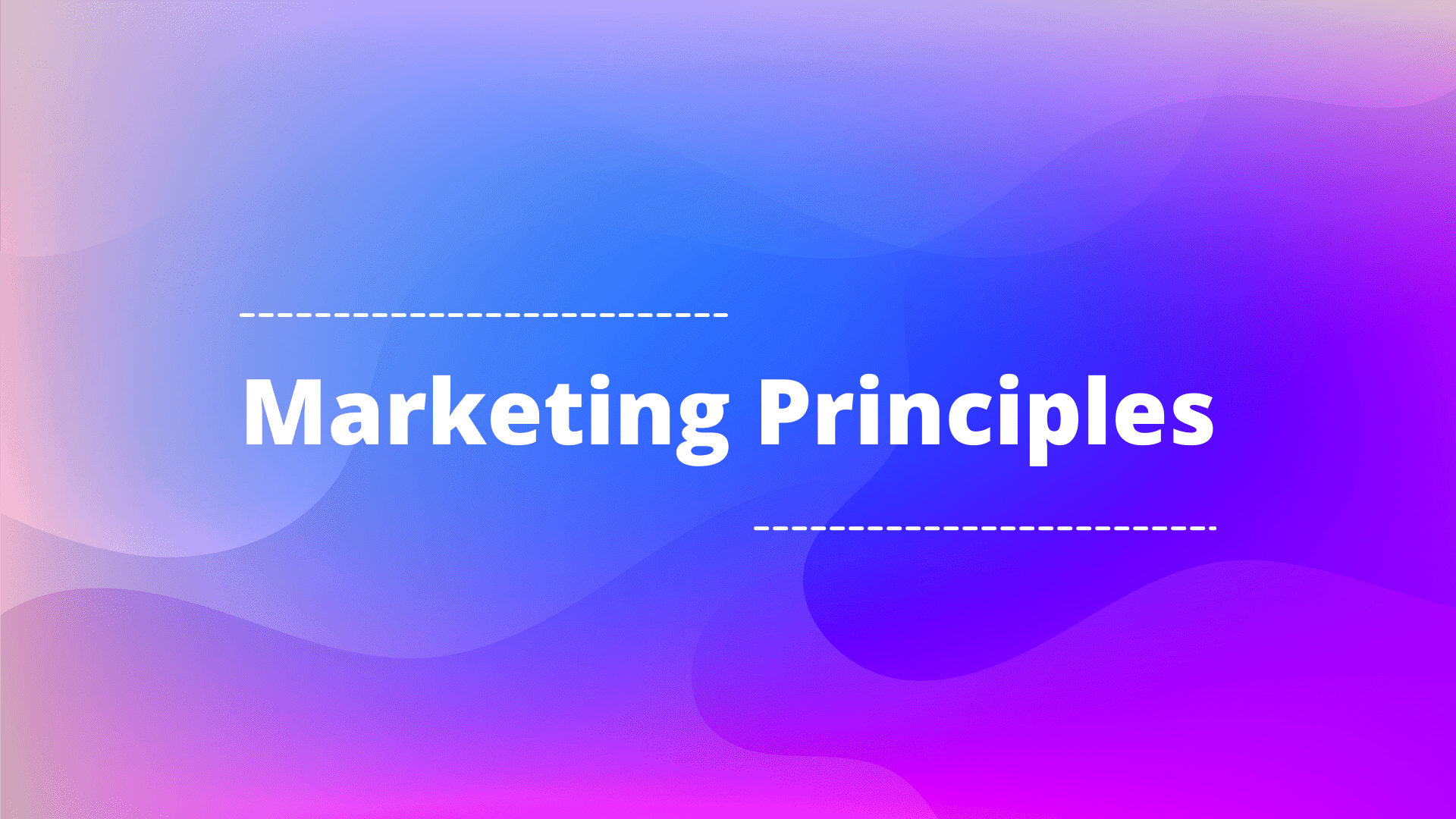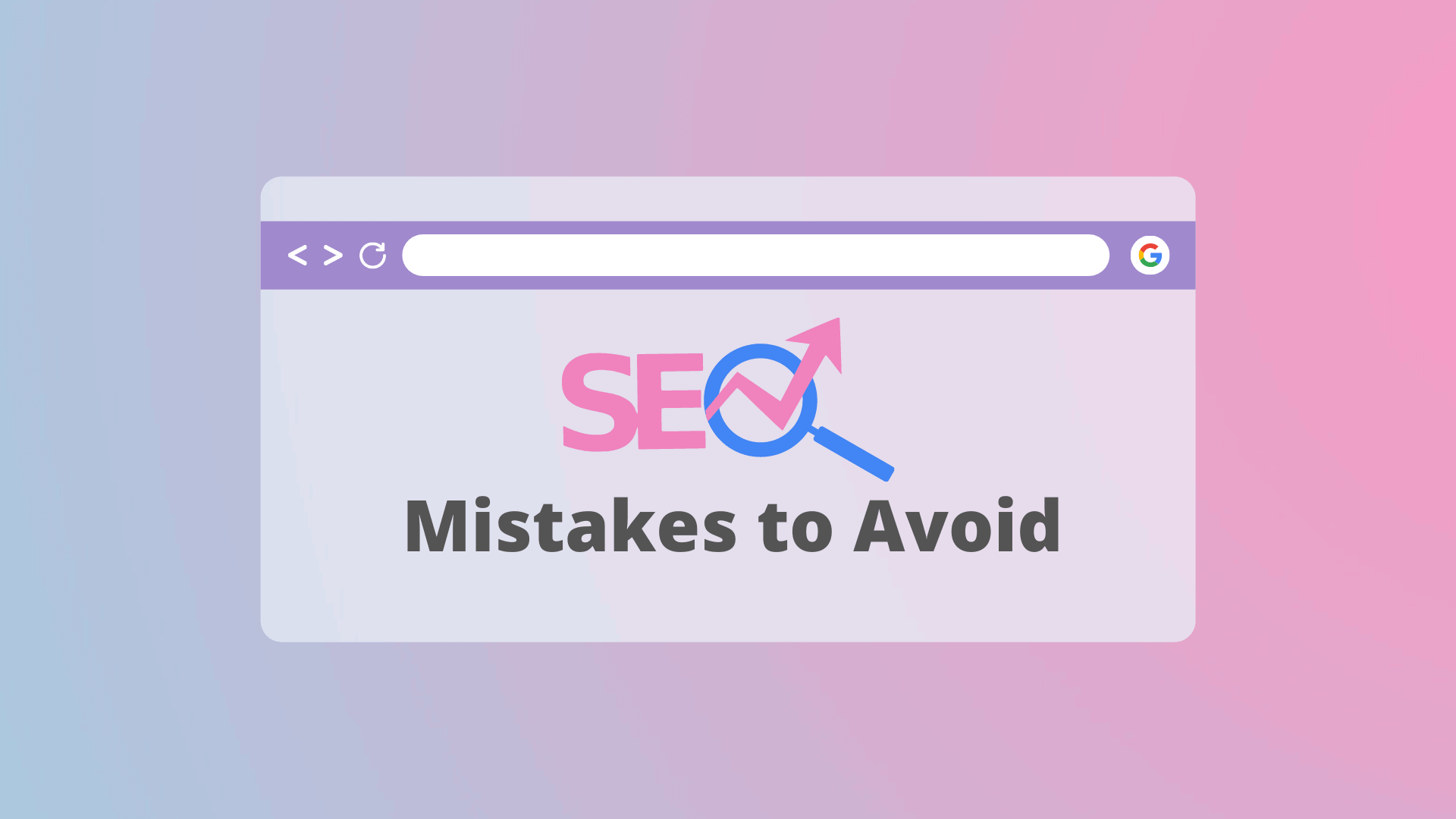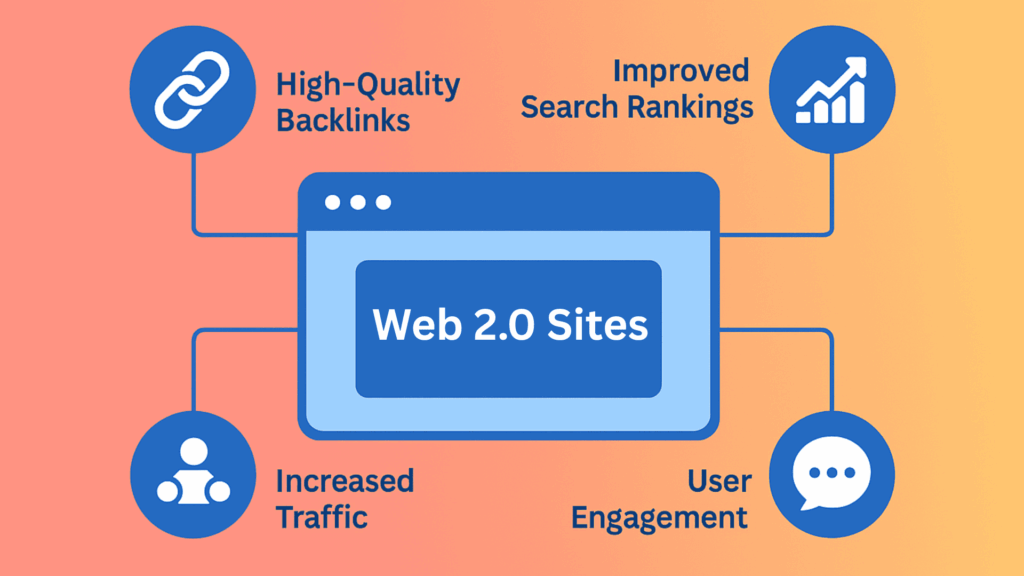Everything You Need To Know About Google Web Stories
Were you aware that Google’s newest feature, Google Web Stories, enables you to develop captivating and visual stories online?
In a recent research done by Google, people tend to spend more time on websites with interactive content or visuals demonstrates the importance for such website designs as reported on their blog.
It’s really easy to create Web Stories that will go straight on your blog or website – it means you can keep your readers entertained.
A recent study reveals that users spend an average of approximately two hours and twenty-three minutes on social networks every day.
Nevertheless, there is a great variance in trends countrywide making it essential for marketers to think of where their target audience hangs out on the internet.
With this in mind, Google WebStory could be a great way to attract your target viewers.
Let’s get started now!
What is Google Web Story?
Google Web Story is an open standard for the web that enables publishers to come up with rapid loading interactive contents with sliding visuals.
The inspiration about the Web Stories originated from the department of Accelerated Mobile Pages (AMP) within Google. The launch of the first version of AMP stories happened at the beginning of 2018.
The AMP team was inspired by how people consume content on social media platforms like Snapchat, TikTok and Instagram.
These AMP experts found out that people were less about boring black and white screens; instead they wanted something appealing.
So, those they wanted this concept should be appealing as well as compatible to all divisions of cell phones.
And, so the group aimed at devising a different method for authors to use when preparing the material of Google web stories.
How to Create Google Web Stories in 5 Simple Steps
Google Web Stories are a fantastic method of engaging with your audience by making your material more vibrant.
You can use them to create stories that are interactive and informative which can be shared through social media or embedded right within the pages of your site.
In addition, you may include hyperlinks; visuals such as photos and videos too will improve their allure.
Outlined hereafter are vital steps to take which will enable you to make a Google Web Story:
Step 1: Install Google Web Stories WordPress Plugin:
Get started with the primary step of installing Web Stories Plugin if you’re a WordPress user.
This plugin makes creating and publishing Web Stories directly from your WordPress site easy.
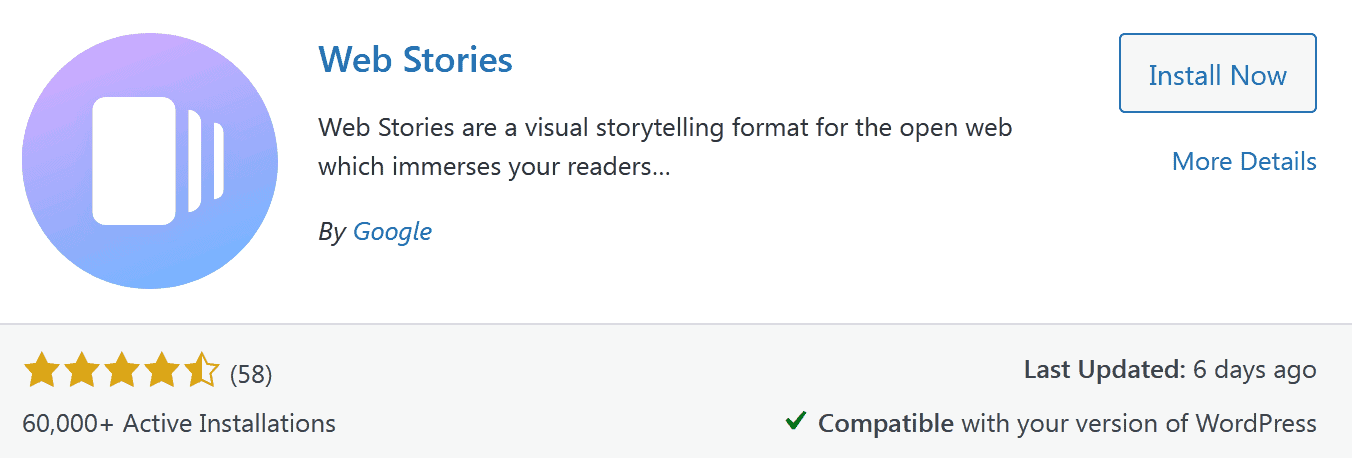
As the statistics reveal that WordPress powers over 35% of the internet, this plugin can come in handy for many people.
The Google Web Stories WordPress plugin, created by Google, allows you to quickly develop and post your Web Stories on your WordPress site.
This editor comes with templates, a drag and drop builder, and the ability to add custom branded elements.
So, you can also grab existing assets from your WordPress Media Library.
Step 2: Choose a Story Template:
This is the second important step in creating your story. You can choose from various templates, each with its unique look and feel.
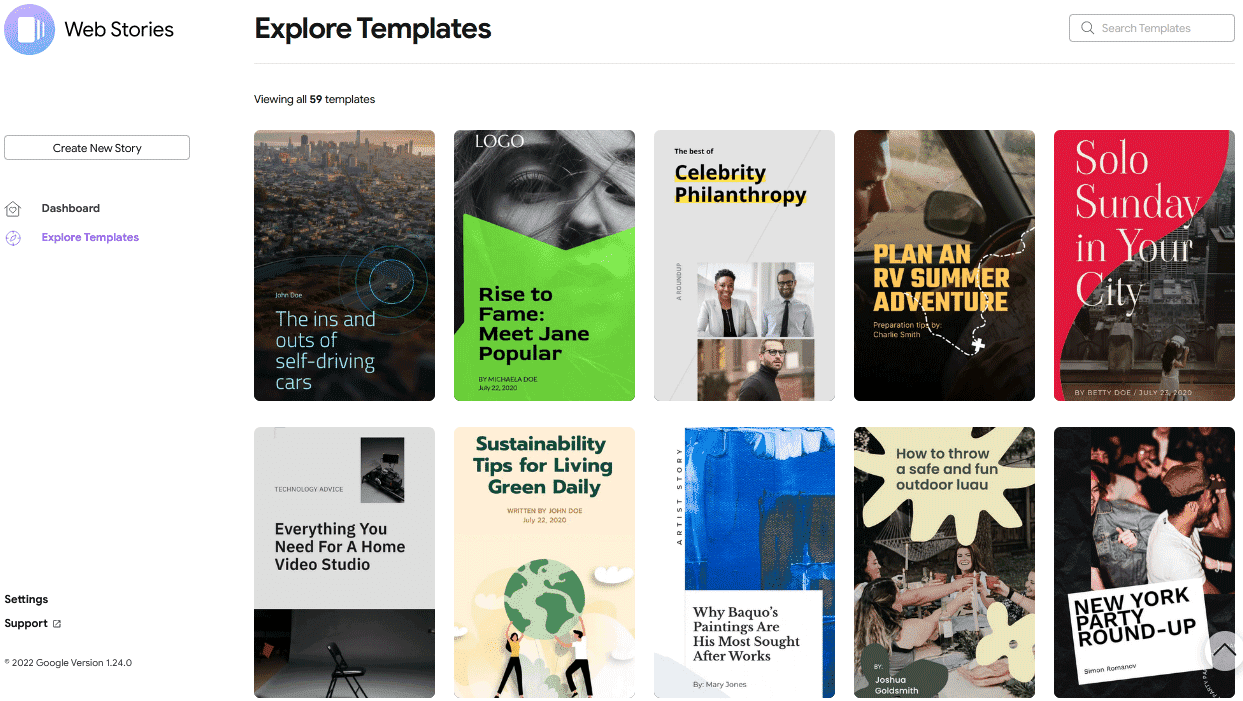
For instance, the “article” template is perfect for stories heavy on text, while the “gallery” template is ideal for stories with many images.
Step 3: Add Content to Your Story:
Now that you’ve chosen a template, it’s time to start adding content to your tale.
You can do this by clicking on the “add” button in the toolbar at the top of the screen in your WP CMS.
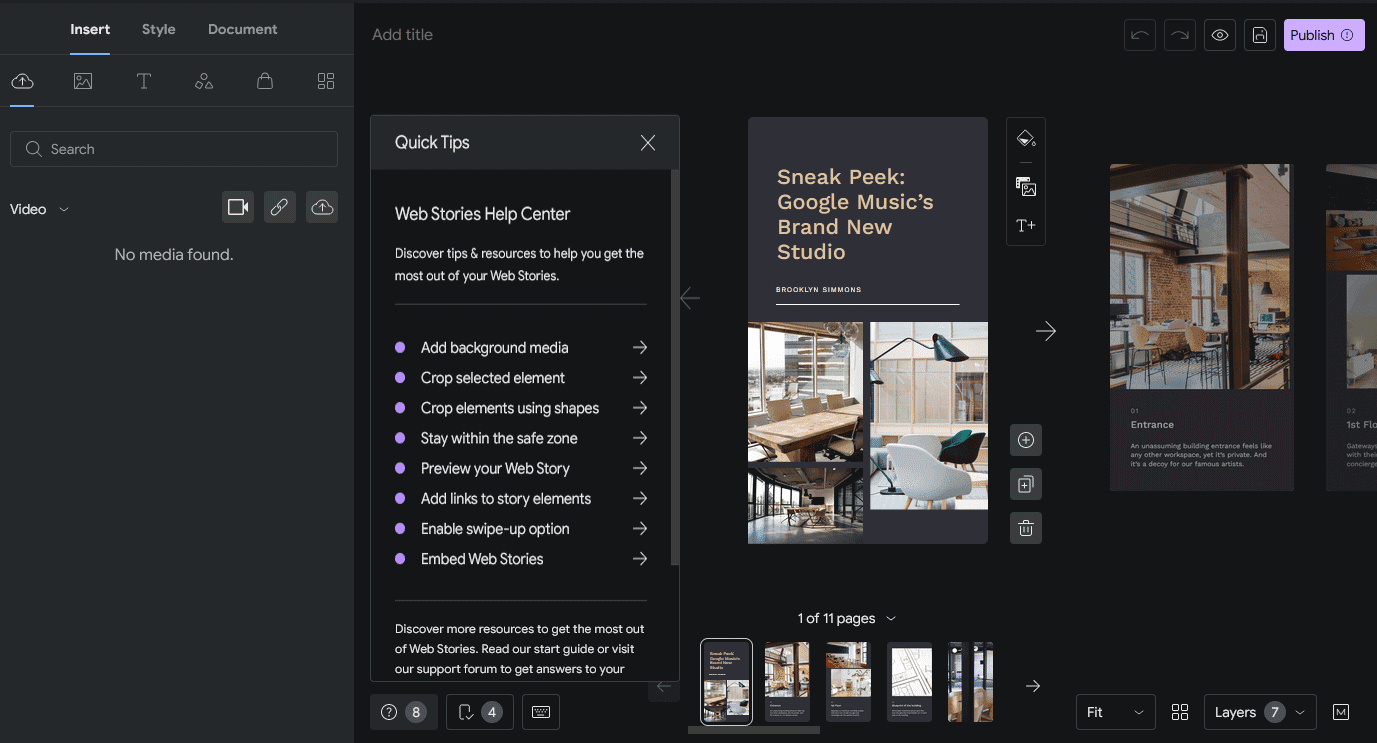
This will add a menu of different types of content that you can add to your story, including text, images, and videos.
Step 4: Customize Your Story:
Now, it’s time to start customizing your story.
You can do this by clicking on the “Customize” button in the toolbar at the top of the screen.
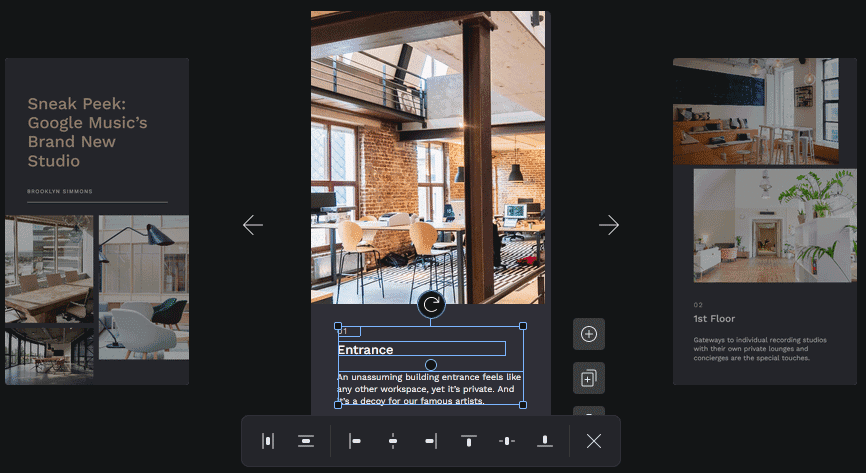
This will display a menu of options for changing the look and feel of your Google web story.
For instance, you can change the background colour and font size and even add your logo.
Step 5: Test and Publish Your Story:
After you’ve added all your content and customized your story, it’s time to test it.
- Check if the page is AMP compliant using either the AMP test tool or the AMP Test Validator.
- The Sitemaps Report and URL Inspection Tool can help verify if Google can index your Story.
- Use Chrome Developer Tools to test how your story appears on different devices.
You can also use the Web Stories Plugin to test your story directly from WordPress.
When you’re satisfied with how your story looks, you can publish it by clicking on the “publish” button in the toolbar above the screen.
I recommend publishing your story on your website and then sharing it on social media.
This way, you can drive traffic back to your site and increase the chances of appearing your webstory in Google search & discover section.
The Best Tools & Templates for Google Web Story
There are several different tools and templates that you can use to create your Google Web Story.
Here are some of the best:
Newsroom AI - Free Web Stories Builder
With Newsroom AI, you can start creating Google Web Story for free.
You get access to many features even with the free version, including templates, a drag and drop builder, ability to add links, and more.
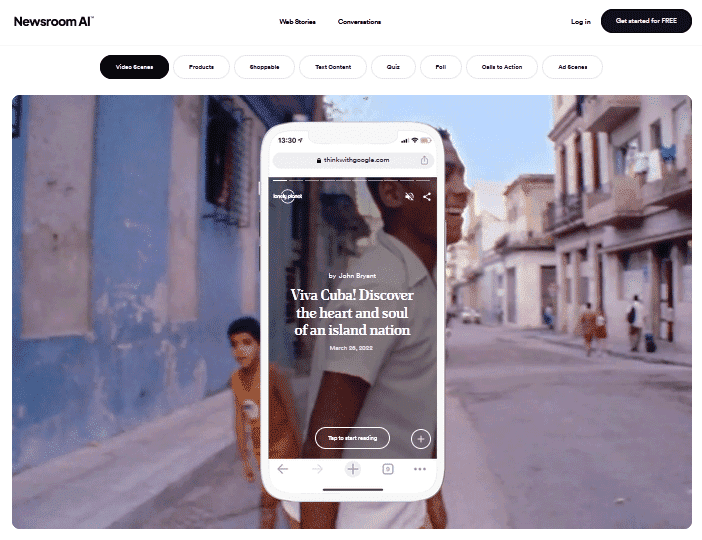
The analytics reporting feature lets you see how well your stories perform.
The process is simple – just set up an account through Google login, then click “Create Story.” You will prompt to choose a story type.
Currently, there are three types available: Article, Gallery, and Video.
After selecting the story type you want to create, Newsroom will provide you with a pre-designed template for your Google webstory.
You can use the provided template or start with a blank slate.
Adobe Spark - Free Web Story Maker
Adobe Spark is a great tool for creating visuals, and you can also use it to create Google Web Stories.
With Adobe Spark, you can easily create beautiful visuals perfect for telling stories.
Plus, you can also add interactive elements to your Adobe Spark creations, which makes them even more engaging.
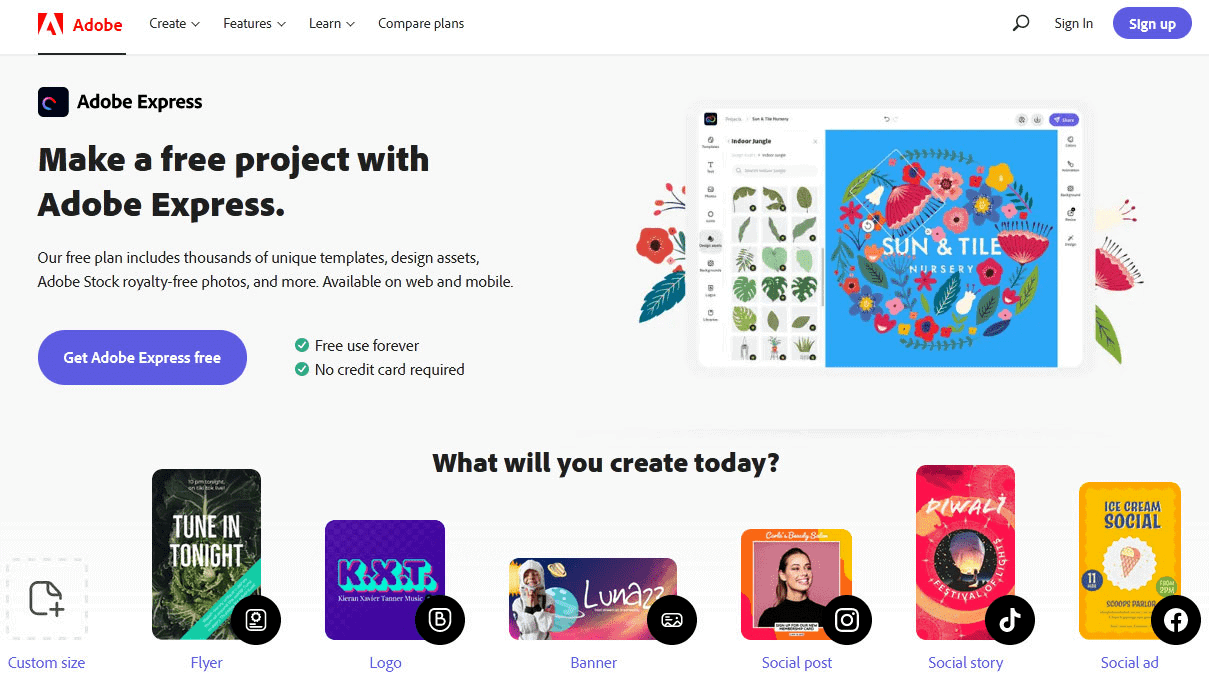
To create a Google Web Story with Adobe Spark, sign up for an account and select “Create.”
Then, choose “Web Story” from the list of options. It will provide you with several templates you can use to get started.
Google Web Designer - AMP Story Builder
It is one of the powerful tools to create all sorts of digital content, including Google stories and more.
With Google Web Designer, you have complete control over the look and feel of your story.
You can also include some interactive elements, such as animations and forms. It’s a great tool for people looking to create more complex stories.
Make Stories - AMP Web Story Creator & Builder
Make Stories is a great tool for creating such stories. It’s simple to use, and you can create beautiful stories.
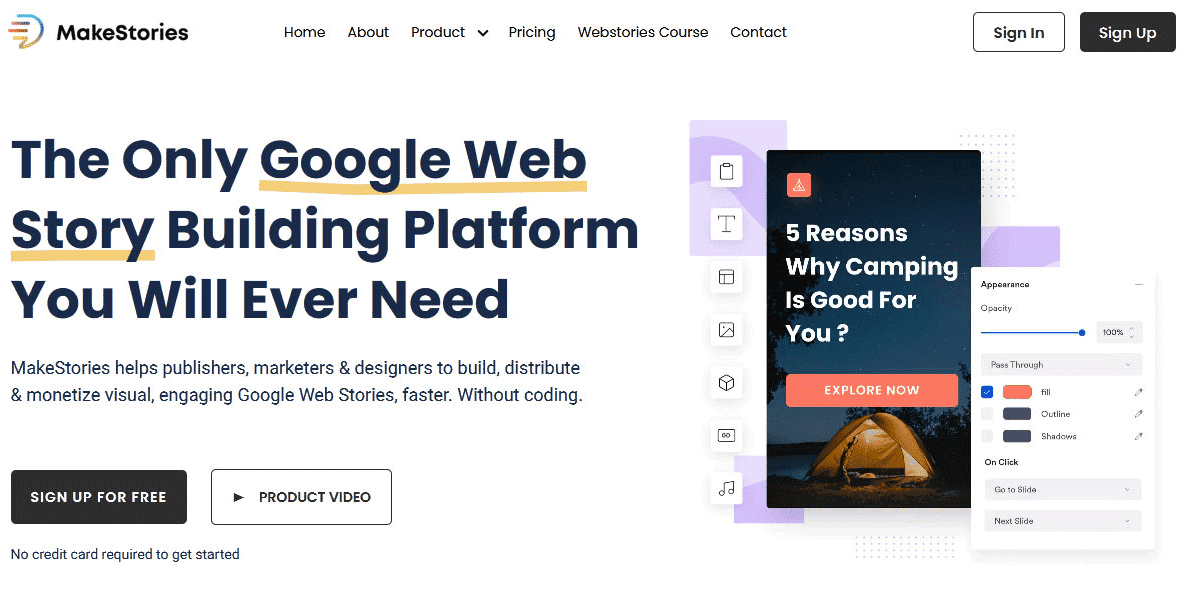
With Make Stories, you can easily add images, videos, and text to your story. You can also change the layout and design of your story with just a few clicks.
They offer WordPress integration, but you may export each tale as a zip file or post it to your FTP on your website.
The Role of SEO in Google Web Stories
Did you know that SEO can play a role in Google Stories? Yes, that’s right!
Google has said that they consider a number of factors when ranking Web Stories. This includes things like the title, description, and thumbnail image of a story.
In other words, if you want your story to rank well on Google, it’s important to make sure that these elements are optimized.
In addition, Google has said that they may also consider the overall design of a story when ranking it. This means it’s crucial to create a visually appealing story and easy to navigate.
I have to say that I’m excited about the potential of internet stories.
Even, they offer a great opportunity for businesses to reach a wider audience. And, with the proper optimization, they can be a great way to improve your SEO.
Below are Google web stories SEO advantages;`
- Advanced way of visual prospects.
- Helpful in engaging new and wider targeted audience.
- Generate sharable link in each webstory.
- Supportive in appearing on Google surfaces (Search & Discover).
- Drive traffic to your website effortlessly.
The Benefits of Creating Google Web Stories
The following are a handful of the advantages of using Web Stories:
Improved engagement: The recent addition of AMP stories has led to increased engagement with content, with users spending an average of two minutes per story.
For comparison, the average time spent on a web page is just over one minute.
Greater reach: You can share these stories across all of Google’s properties, including Search, Discover, and the Google app.
This means that your stories have the potential to reach a wide audience.
More traffic: Besides increased engagement and reach, Google stories can drive more traffic to your site.
According to Google, publishers who create AMP stories see up to 30% more clicks from Google Search.
Improved CTR: Stories can also help improve your click-through rate (CTR). A recent study found that AMP stories had a CTR of up to eight per cent.
The average CTR for web pages is just two per cent.
Content that stands out: On average, an individual spends over two hours daily on their mobile devices.
With so much content competing for attention, it can be hard to make your content stand out. However, Google stories can help you do just that.
Easy to create: You don’t need to be a tech expert or designer to create beautiful web stories. Several tools, such as Make Stories and Adobe Spark, make it easy to create stunning stories.
Google stories can help you add some life to your blogging, storytelling on your website, or simply provide a better full-screen experience.
Fun to consume: 65% of people say they like reading stories that are easy to consume on their mobile devices.
Google stories provide an enjoyable and easy-to-consume experience for your audience.
In my opinion, the advantages of these web-based stories far outweigh any disadvantages.
I believe that anyone looking to create more engaging and visually appealing content should try it.
Easy Tips: How to Rank Web Stories
Here are the tips for improving Google web stories’ visibility and SEO with ease:
Create High-Quality Visuals:
- Use attention-grabbing, high-resolution visuals relevant to your story.
- Ensure visual consistency for a professional look.
Craft Engaging Narratives:
- Create captivating Web Stories through compelling storytelling.
- Keep stories concise due to online users’ short attention spans.
Perform Keyword Research:
- Identify low-competition keywords related to your story.
- Naturally incorporate keywords in Web Story titles, descriptions, and captions.
Optimize Metadata:
- Write keyword-rich, descriptive titles and meta descriptions.
- Include relevant hashtags and tags for increased discoverability.
Mobile-Friendly Design:
- Ensure mobile-friendliness, as Web Stories cater to mobile users.
- Test compatibility across various devices with responsive design.
Implement Structured Data:
- Use schema.org structured data to aid search engines in understanding Web Stories.
- Enhance SERP appearance with potential rich results.
Boost Page Loading Speed:
- Optimize your website’s loading speed for hosted Web Stories.
- Faster loading times improve mobile search rankings.
Encourage Social Sharing:
- Promote Web Stories via social sharing to enhance visibility.
- Simplify sharing with social buttons for readers.
Cross-Promotion:
- Promote Web Stories through your content channels.
- Increase traffic by linking from relevant blog posts and pages.
Monitor Analytics:
- Track Web Story performance with tools like Google Analytics.
- Analyze user engagement data for informed improvements.
Engage with Viewers:
- Respond to viewer comments and feedback.
- Boost visibility and credibility through engagement.
Regular Updates:
- Keep Web Stories current and relevant through periodic updates.
- Fresh content aligns with Google’s preference for search rankings.
Google Discover Optimization:
- Optimize Web Stories for Google Discover if eligible.
- Follow Google’s guidelines to increase content reach.
Quality Link Building:
- Build high-quality backlinks from authoritative websites to your Web Stories.
- Elevate search result rankings with quality link-building efforts.
Adherence to Google Guidelines:
- Stay updated with Google’s Web Stories guidelines.
- Ensure content compliance with Google’s requirements.
FAQs about Google Web Stories
No, there is no any app to create or manage Google web stories. On the other hand, Google web stories are relied on a web-based creation tool like Web Stories by Google and Make Stories.
Google web stories appear on the Google surfaces like Discover feed and search on the Android and iOS devices.
Below are the Google web stories policies;
- Content must not be copied.
- Keep your text 180-200 characters per slide.
- Copyrighted images and videos must be avoid.
- Your web story should be unique and complete.
Here are the top 5 examples of Google web stories;
- How Do I Deal With Nighttime Anxiety? By VICE
- How Stuff Is Made: Money by Refinery29
- 5 destinations to see wildlife with your kids by Lonely Planet
- 10 Black-Authored Books To Add To Your Summer Reading List 2020 by Nylon
- Ford’s Mustang Mach-E 1400 Prototype makes a Tesla look like a toy by INPUT
Conclusion
Essentially, Google WebStory builds rapid, interactive, and graphic-based storytelling on the web. If you want to create engaging and user-friendly content for people to consume, consider Web Stories.
Moreover, it is now possible with the new update in Web Stories feature set to incorporate e-commerce functionalities, a significant plus if your aim is selling online products or services.
With access to only three countries (United States, India and Brazil), Web Stories have impacted the marketing approaches. But, overall, these are strong tools for improving your content marketing game.
Have you ever tried Google Web Stories? Drop a comment and share with me!

